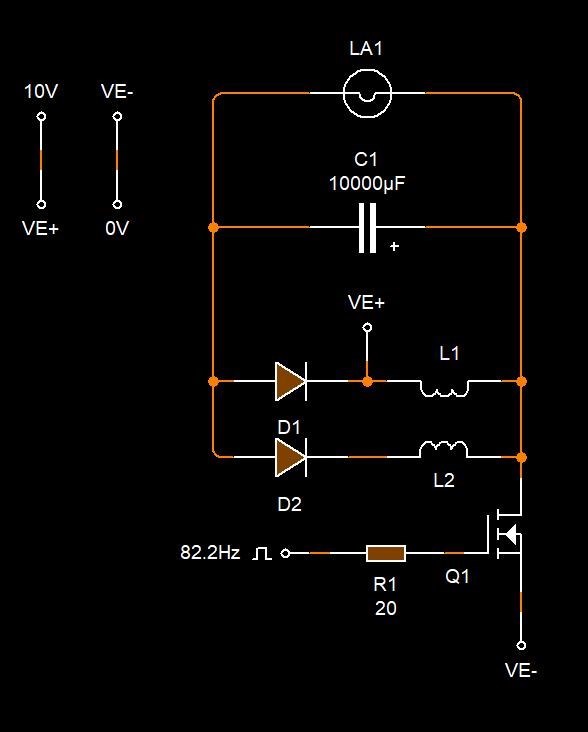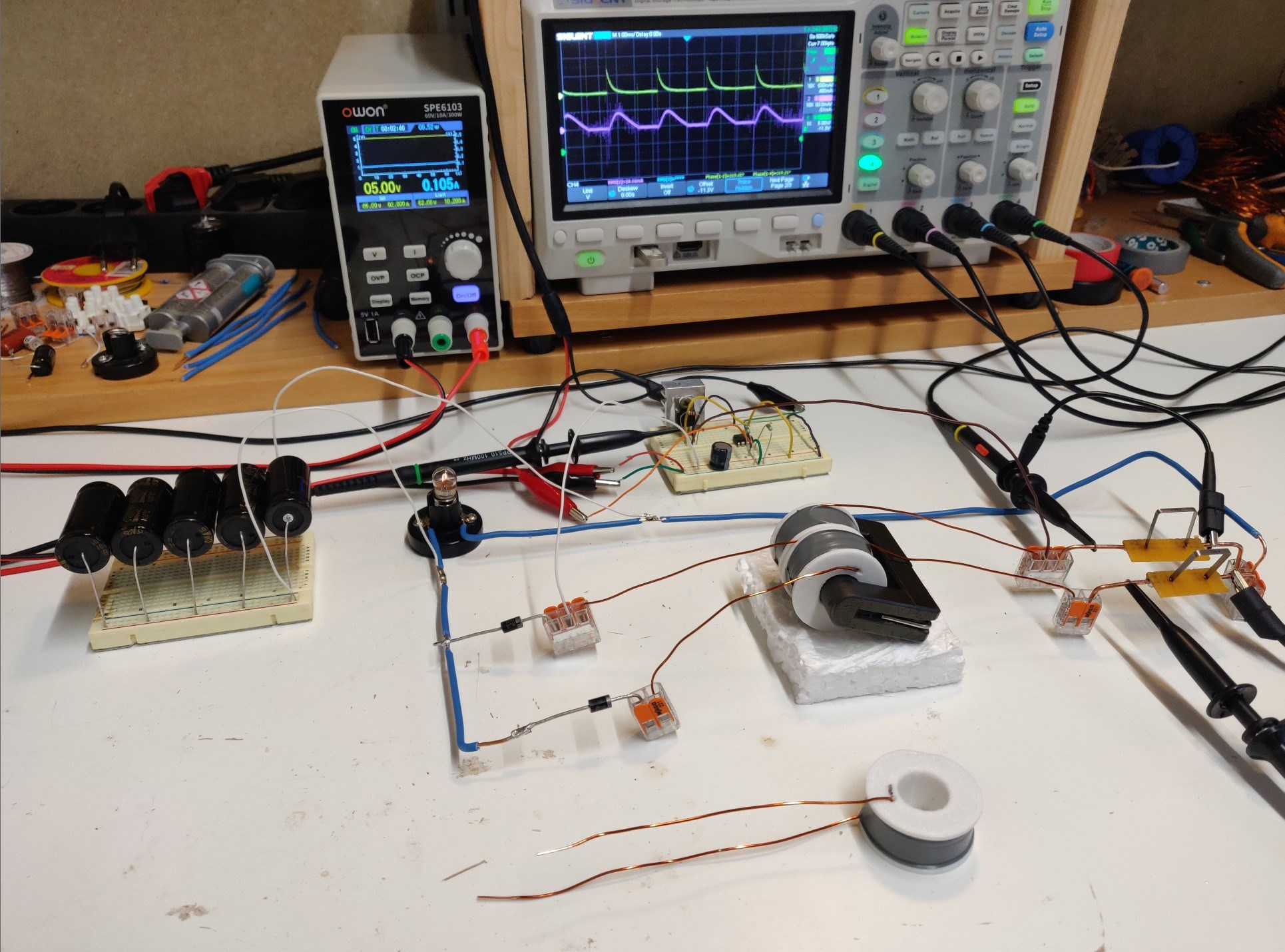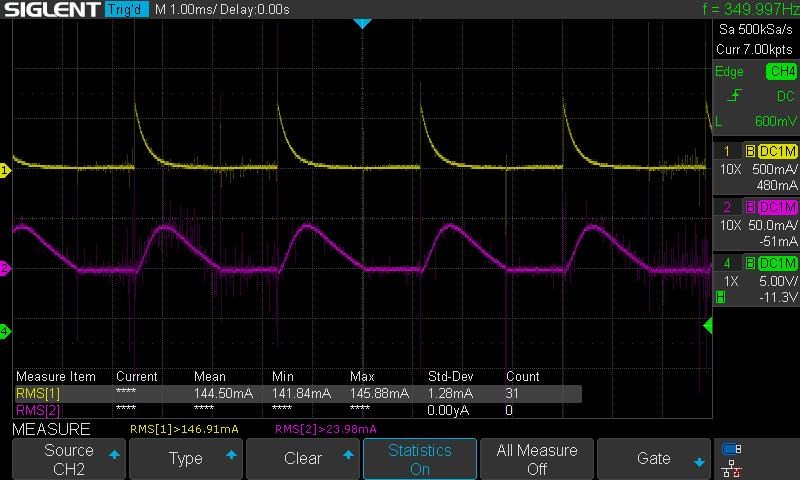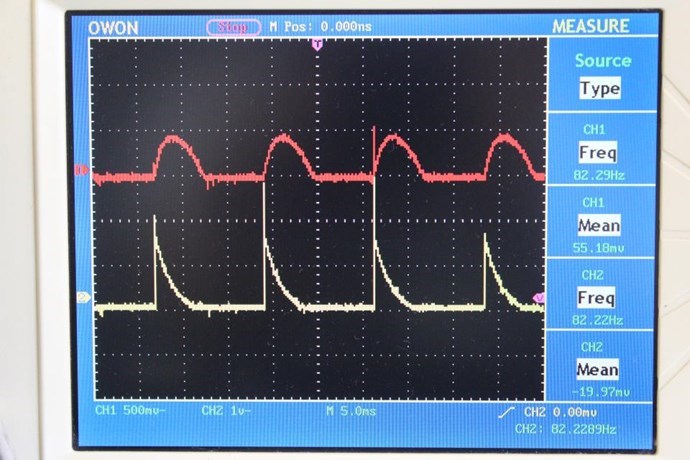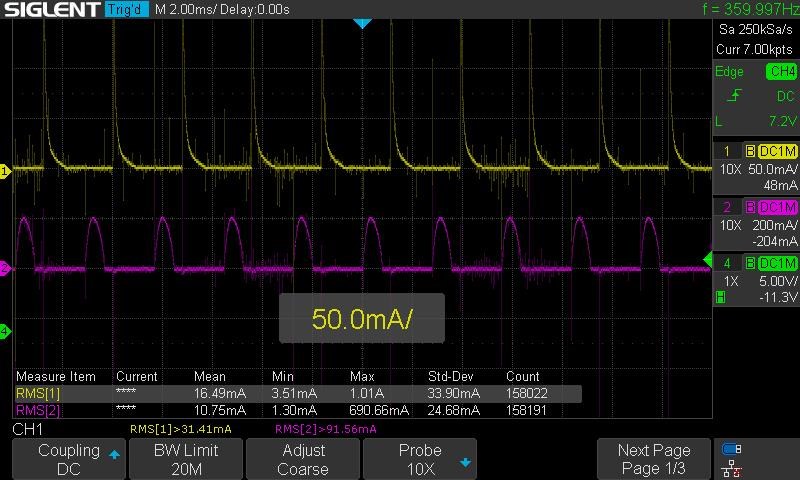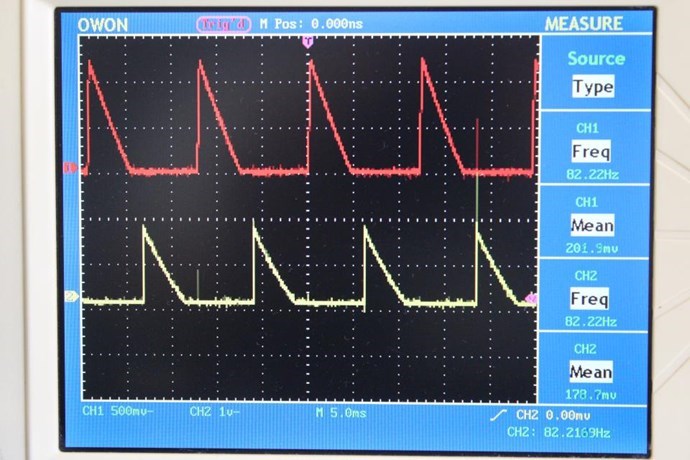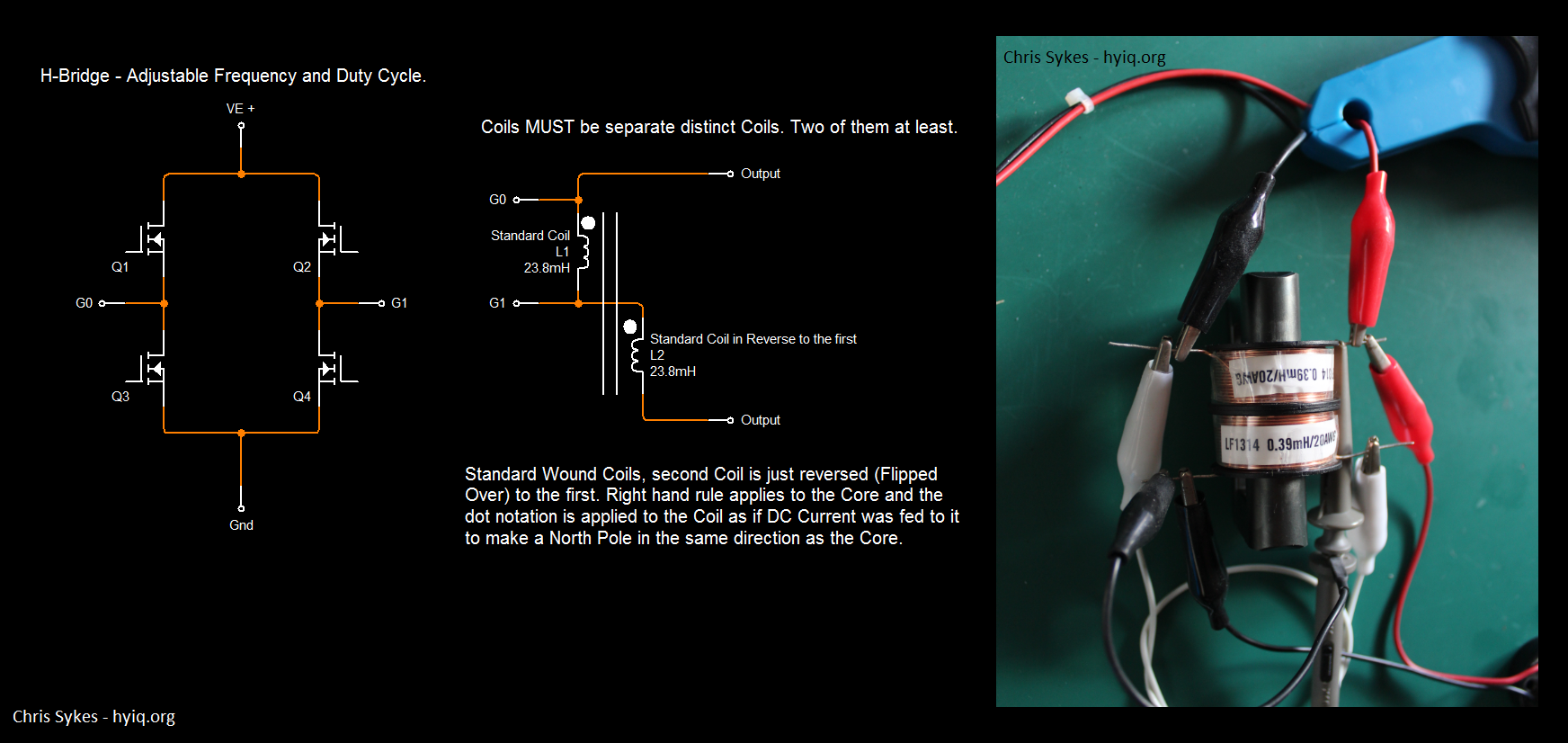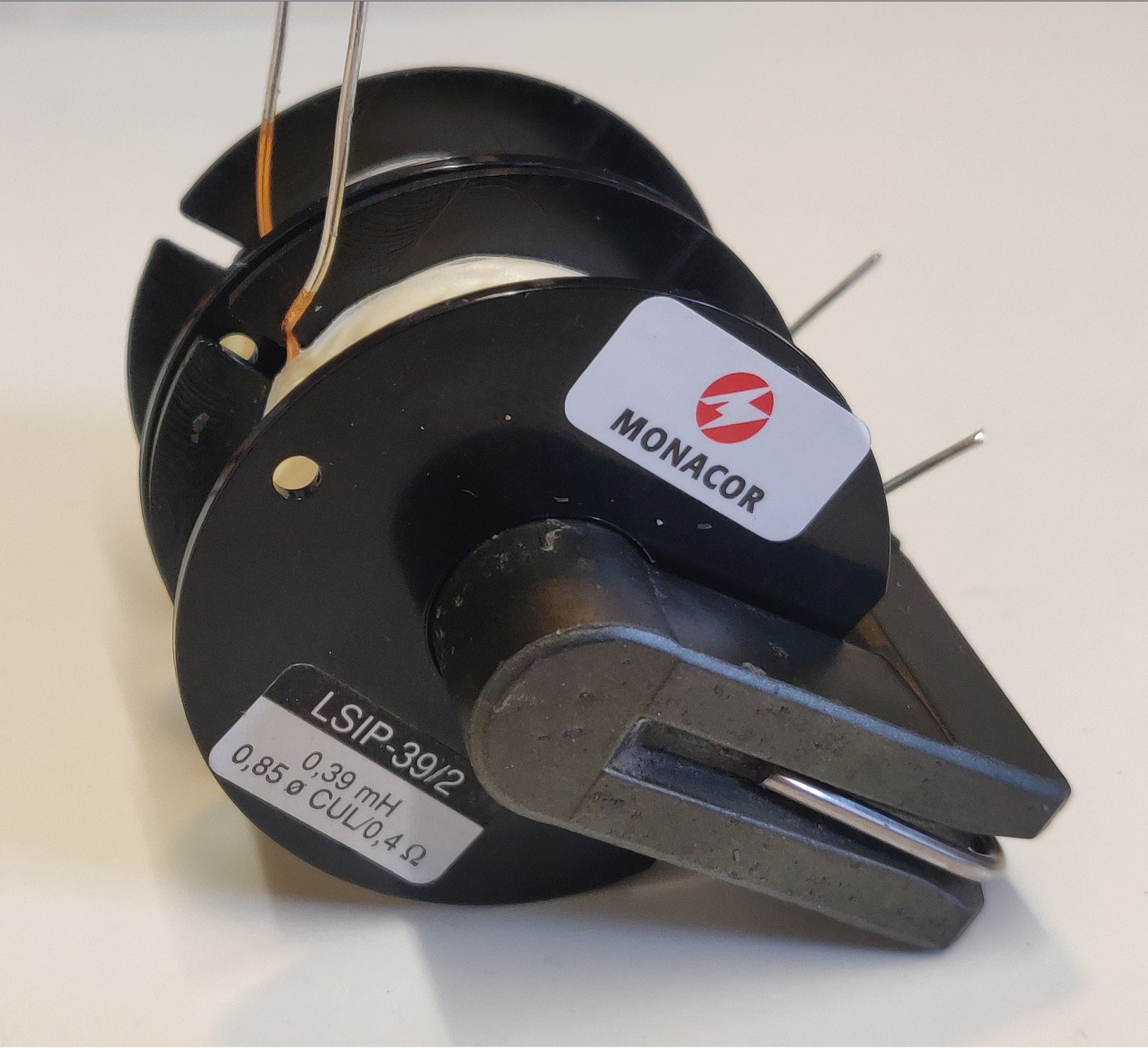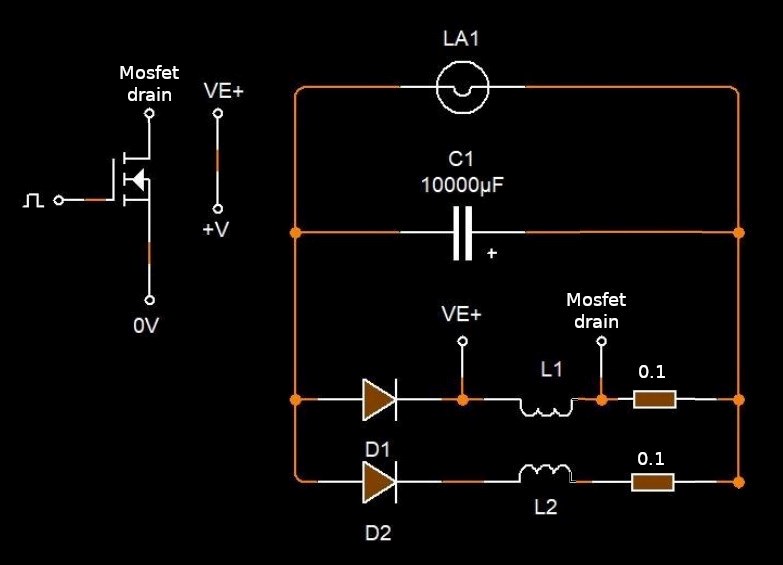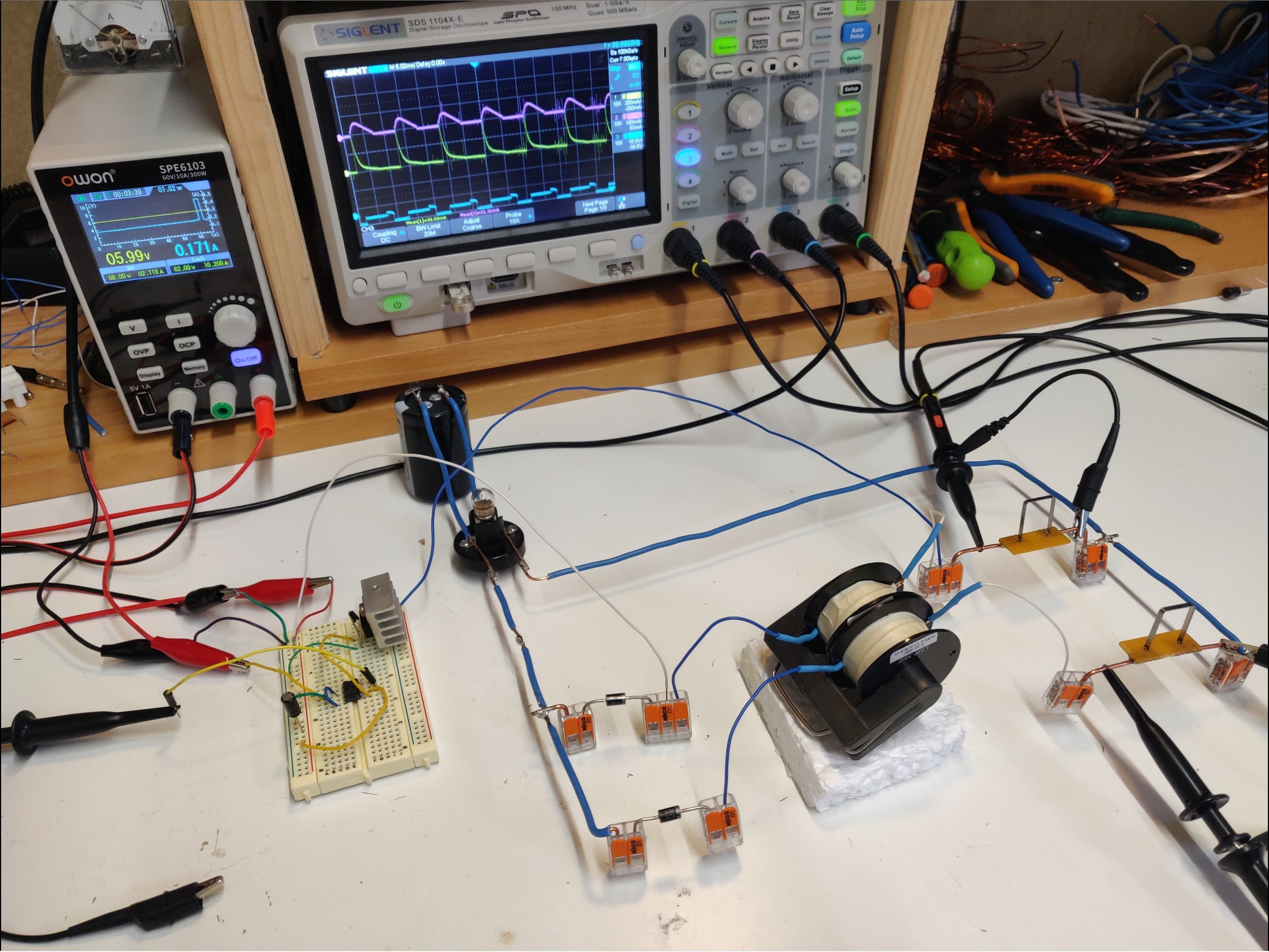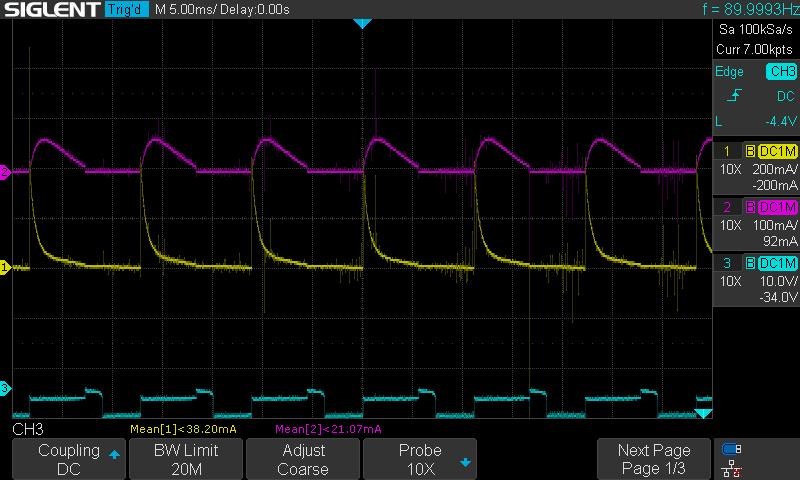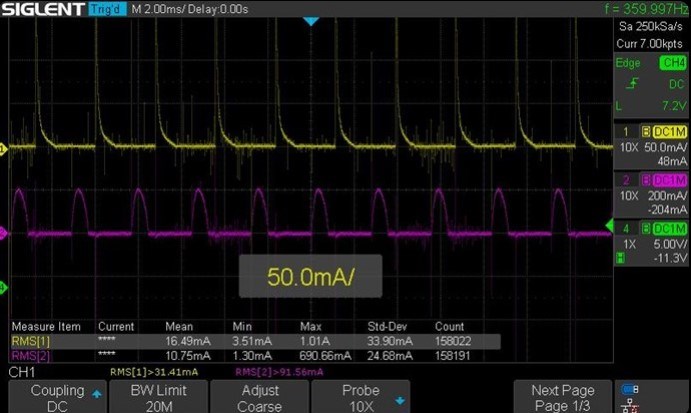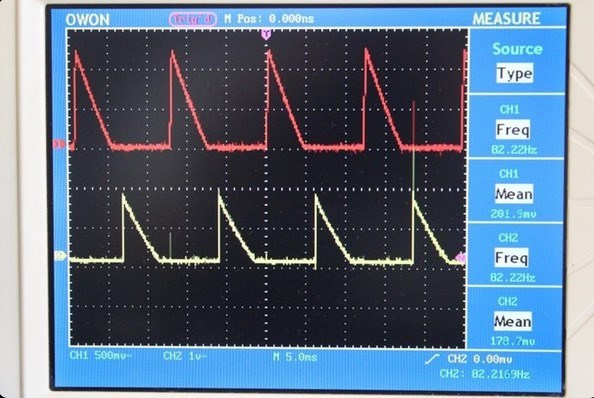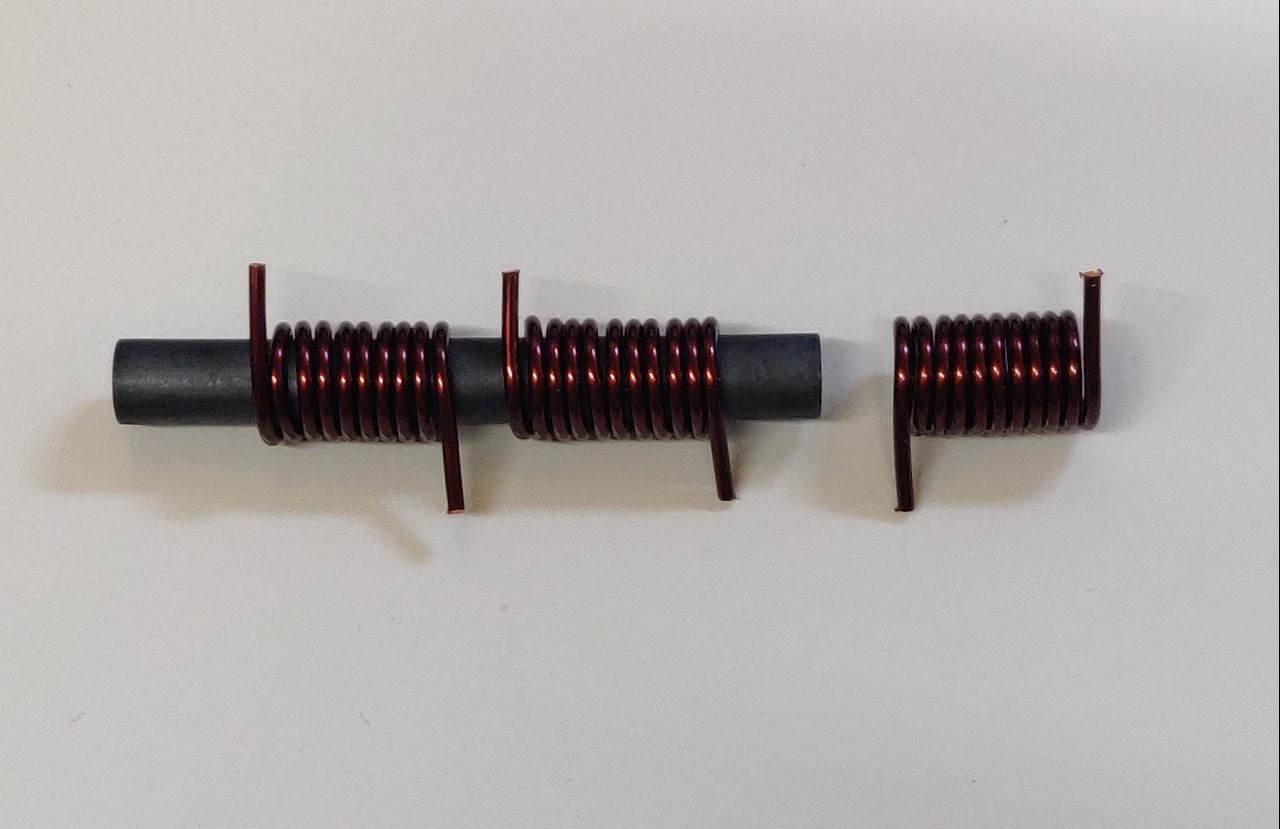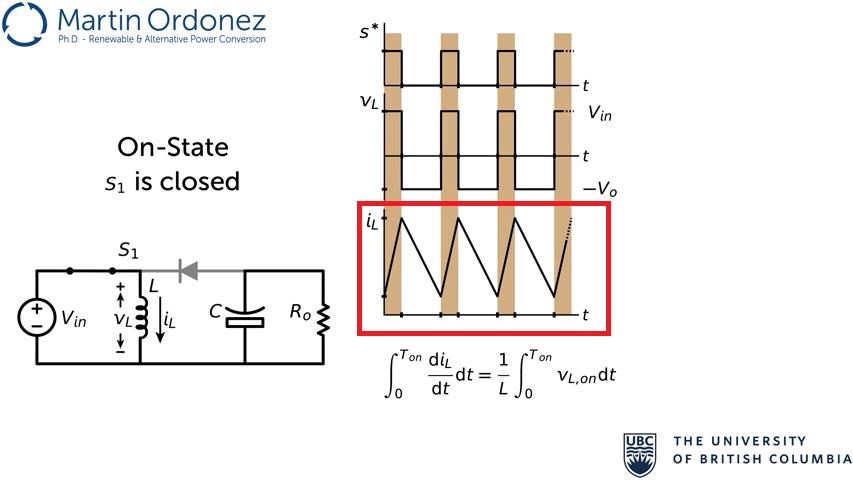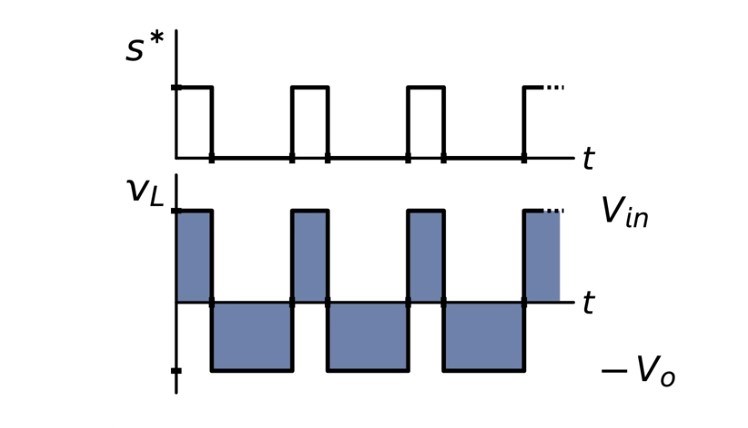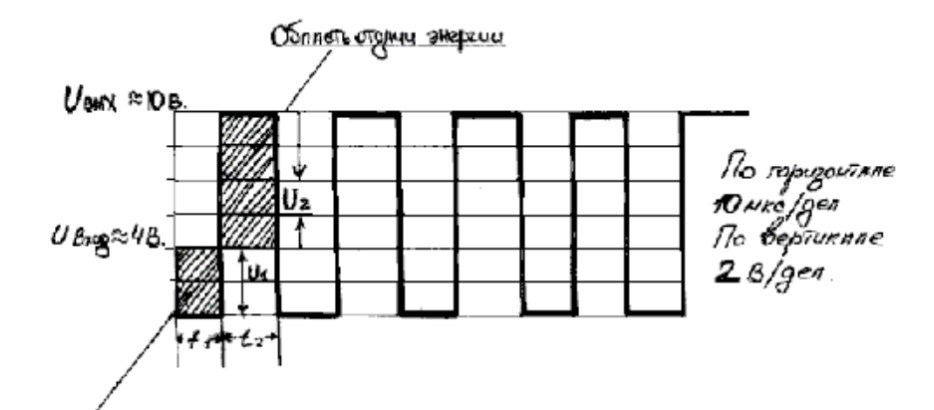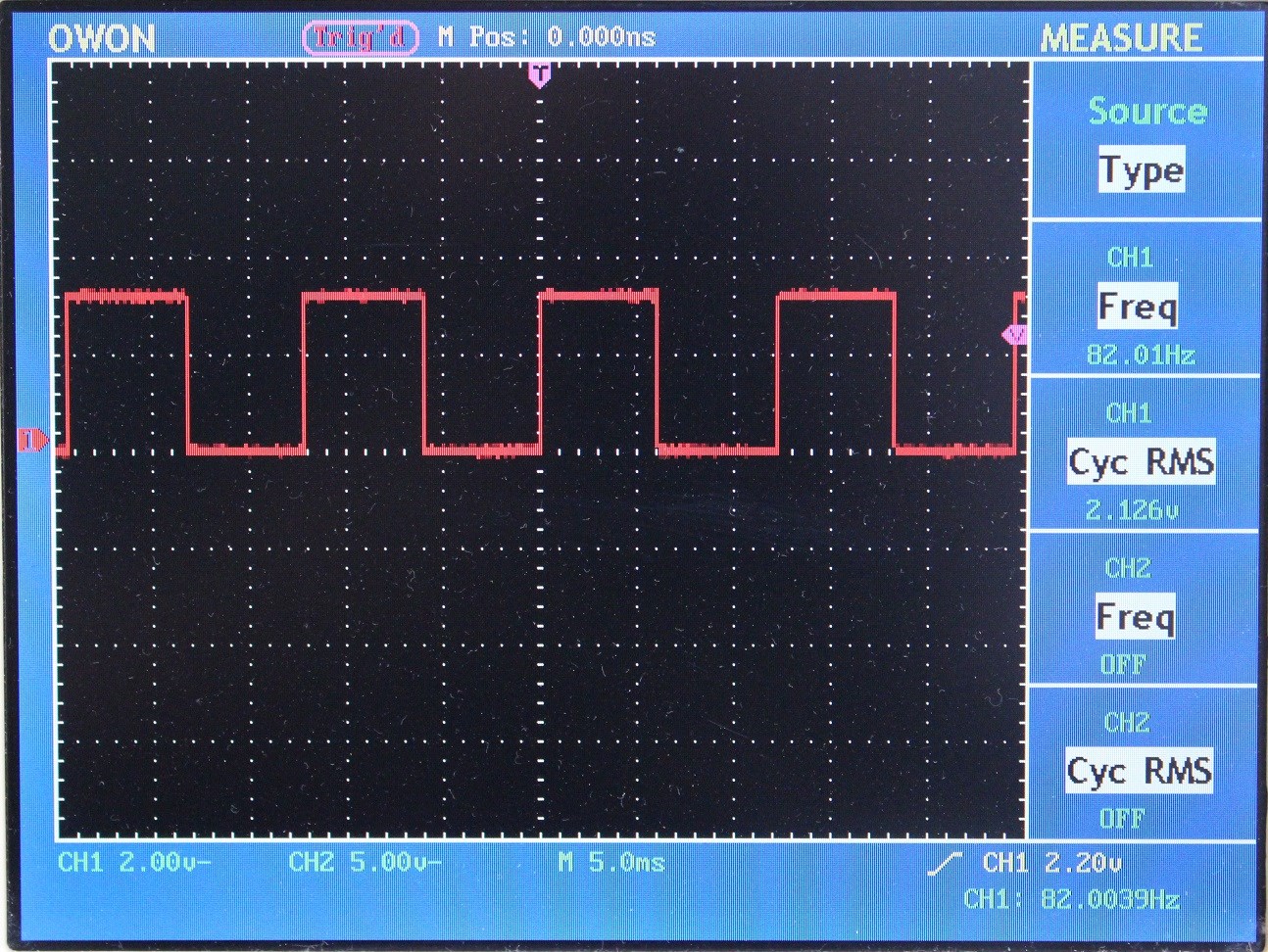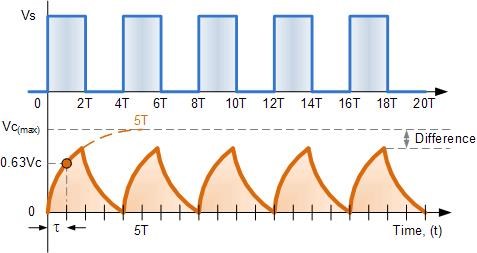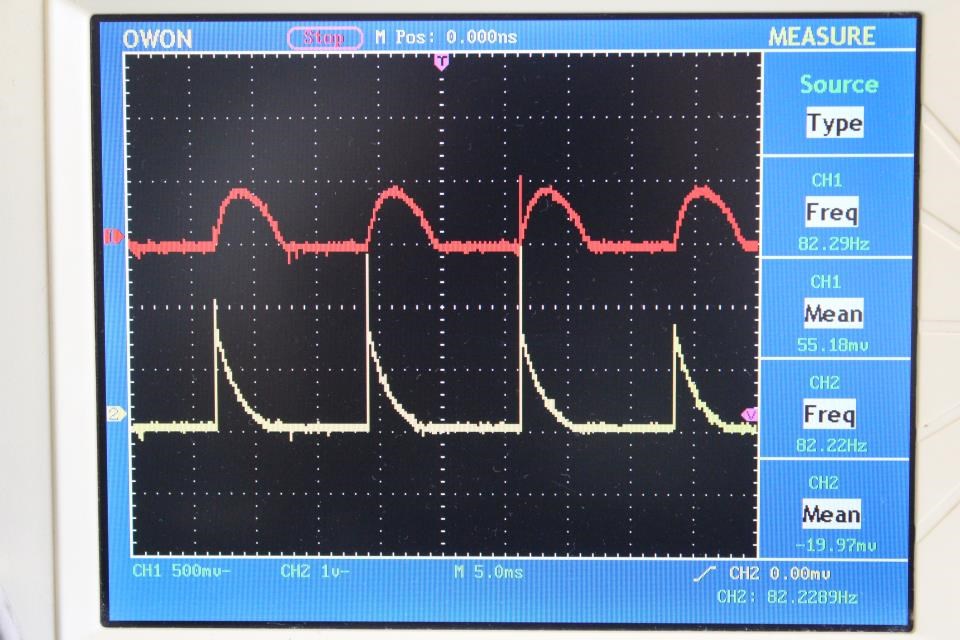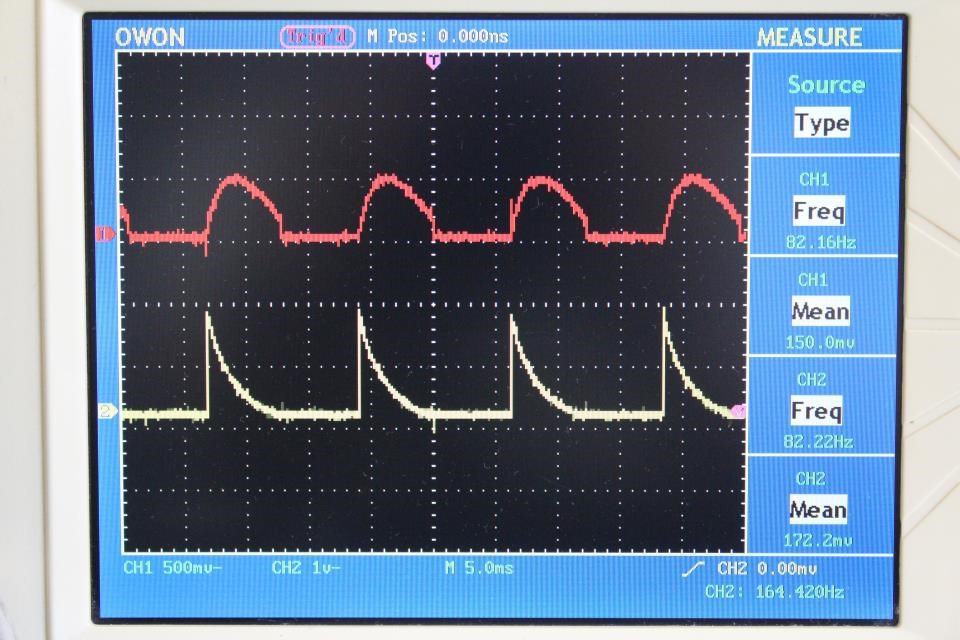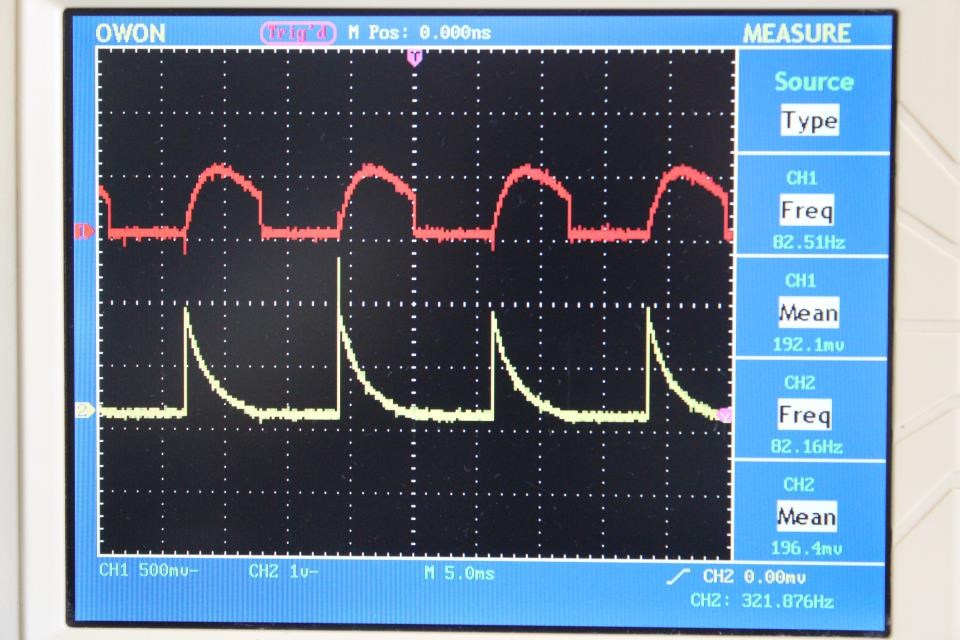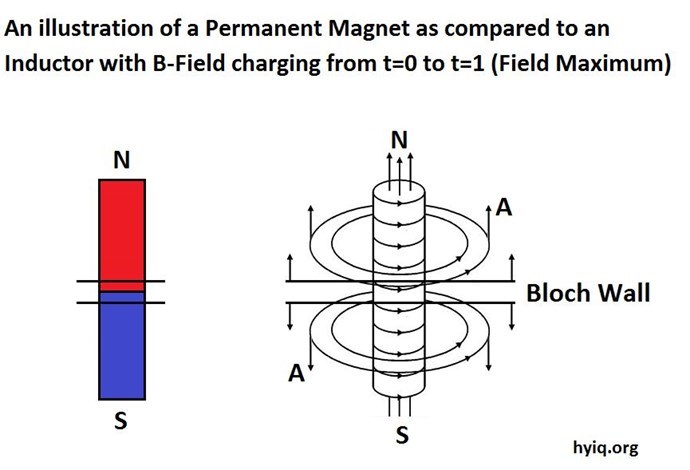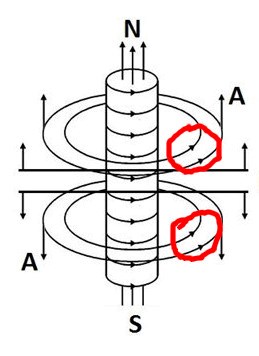Ok, finally some results. I'm not sure why this turned out to be so difficult for me, but I finally got some numbers that correlate with Chris's original experiment.
I was not able to get any clear results with the store purchased coils I had, going through all the configurations, the linear drop was still missing and the coils didn't seem to react well together no matter what configuration I used.
After watching one of Akula tear down videos I noticed he had gapped his core when he pulled the halves apart, the gap material fell out. So I tried that and noticed that the scope trace over the coil being pulsed finally showed a linear drop. However, the response from the other coil dropped dramatically. No size gap seemed to fix the issues.
So, thinking about Chris's original experiment, the coils used were actually shorter. Meaning there were two coils and an empty bobbin on one side of the core. My bobbins only allowed room for two. Which put them on opposite sides of the gap. So to explore this I wound more coils. This time each coil took up the whole side of the core.
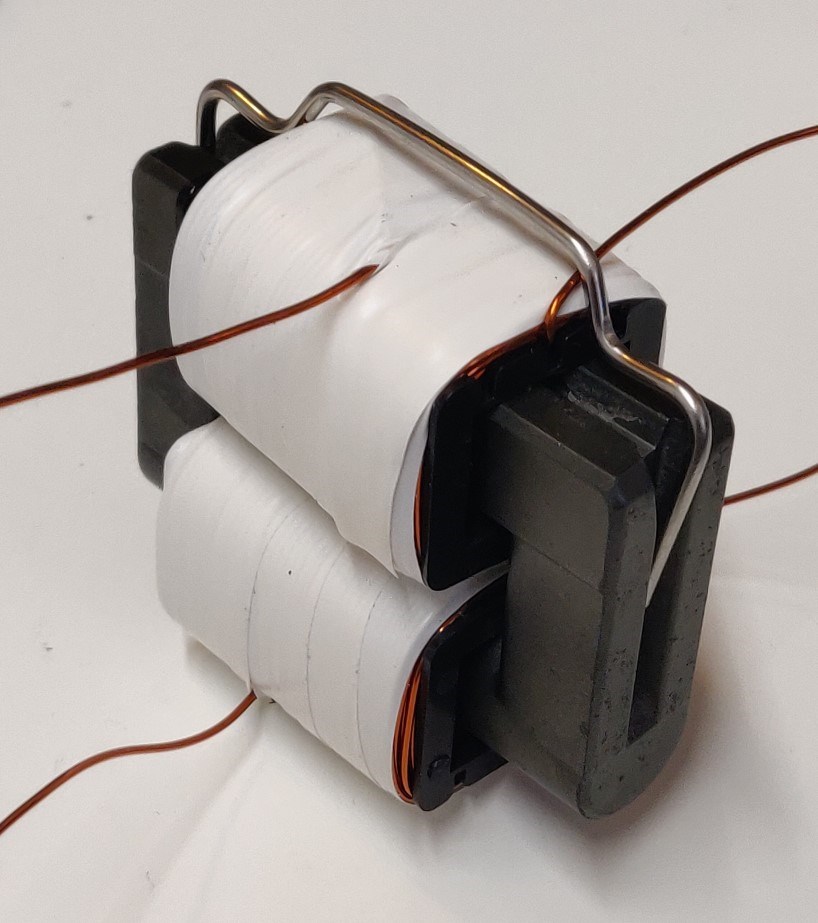
This also gave no good clear results, gapped or not.
So I retried everything with several different loads, and a bit more load seemed to help. I then decided to again, wind some new coils and use the microwave oven core that I have. This gave the best results out of everything I've tried. Still not as clear as Chris's original experiment, but the suggested observations can be made. Here is the new setup.
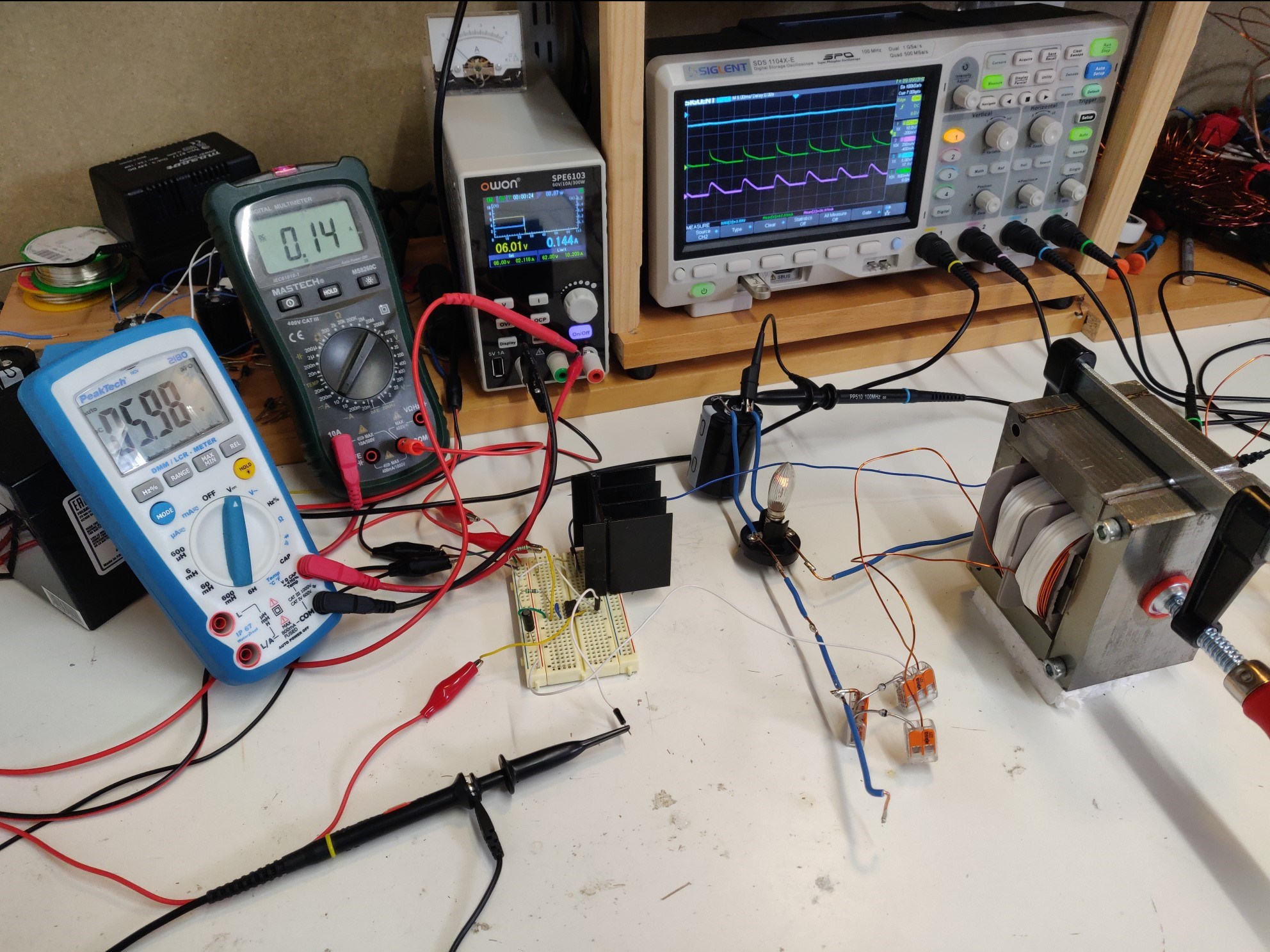
All coils are about 75 turns of 0.8mm wire, at about 0.53 mH, give or take a little.
The circuit is still the same.
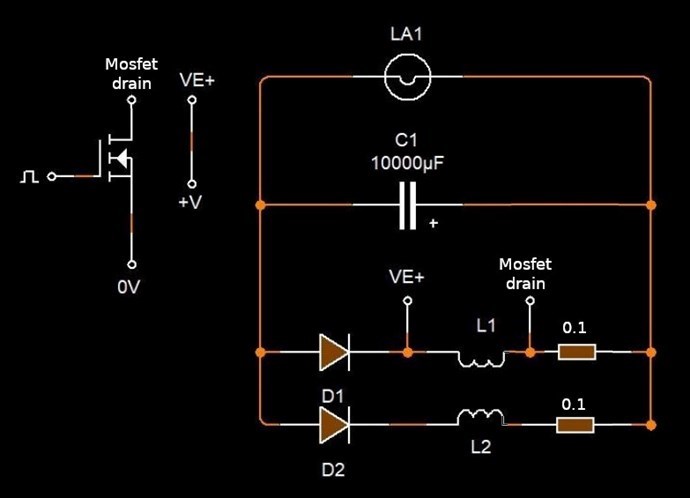
This time I'm pulsing with 6V because I thought the waveforms were getting screwy looking up at 10V. Core saturation? I'm guessing not, but something was amiss.
Still 90 Hz, 50% duty cycle for all tests.
So here are the results:
L1, green trace, is the coil being pulsed.
L2, purple trace, is the coil being changed.
Blue trace is cap voltage.
Bucking does not Work: config 1 polarity 1 (identical coils same direction)
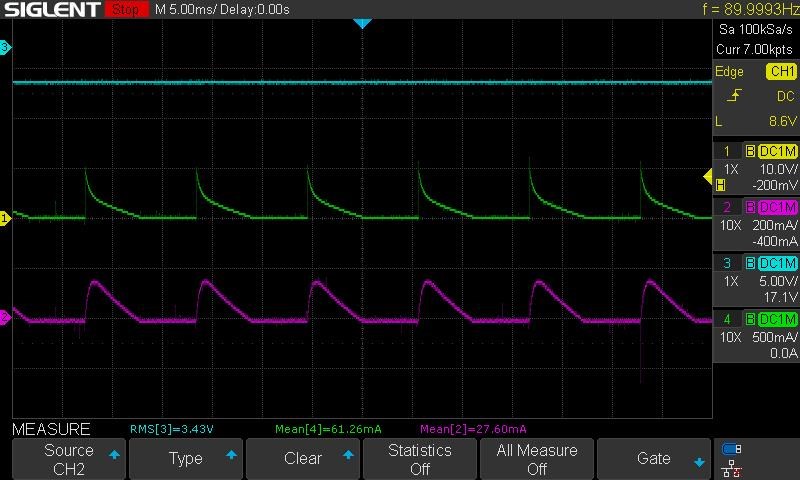
Vcap: 3.43
PS: 5.98 V 140 mA
L1: 61.26 mA
L2: 27.60 mA
Bucking does not Work: config 1 polarity 2 coil spun around core 180')
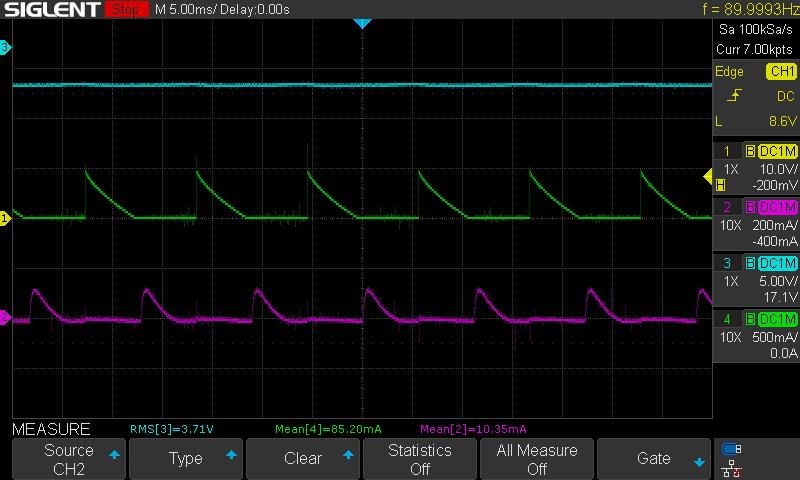
Vcap: 3.71
PS: 5.98 V 150 mA
L1: 85.20 mA
L2: 10.35 mA
Bucking does Work: config 1 polarity 1 (coil flipped on core, and spun 180')
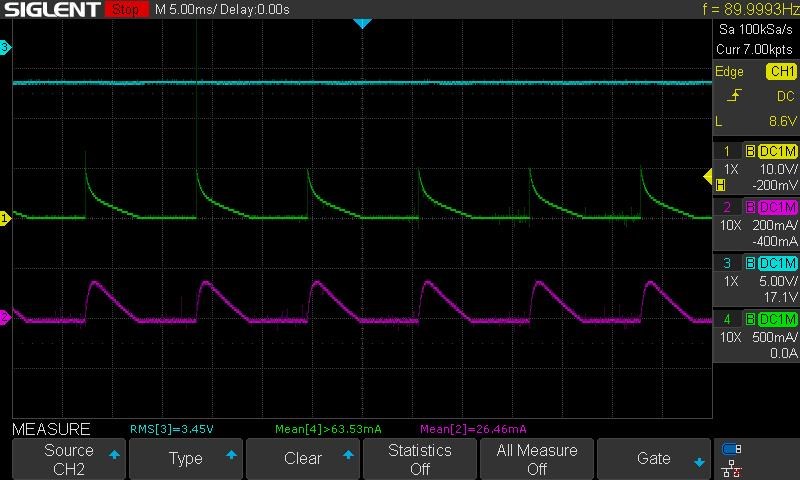
Vcap: 3.45
PS: 5.98 V 145 mA
L1: 63.53 mA
L2: 26.46 mA
Bucking does Work: config 1 polarity 2 (last config, coil spun 180' around core again)
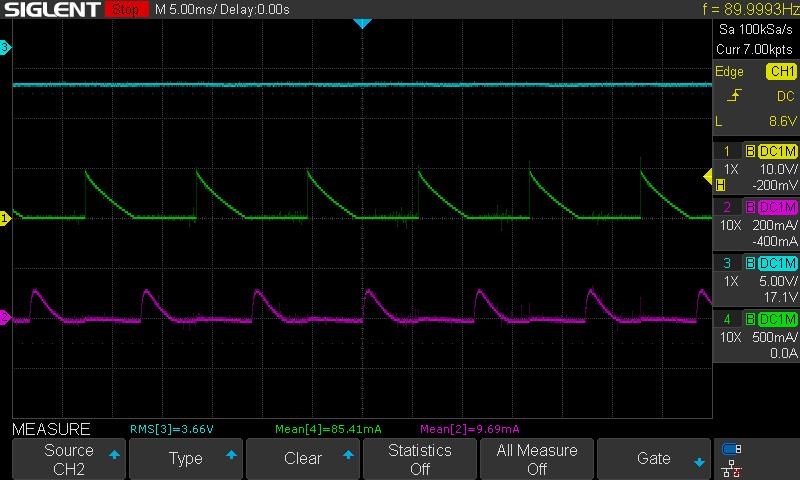
Vcap: 3.66
PS: 5.98 V 150 mA
L1: 85.41 mA
L2: 9.69 mA
Bucking does Work: config 2 polarity 1 (cw ccw coils, traditional bucking directions)
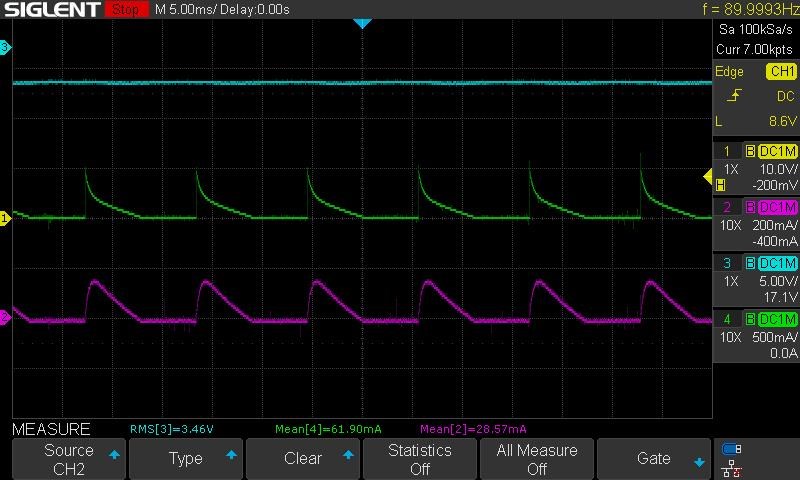
Vcap: 3.46
PS: 5.98 V 140 mA
L1: 61.90 mA
L2: 28.57 mA
Bucking does Work: config 2 polarity 2 (coil spun around core 180')
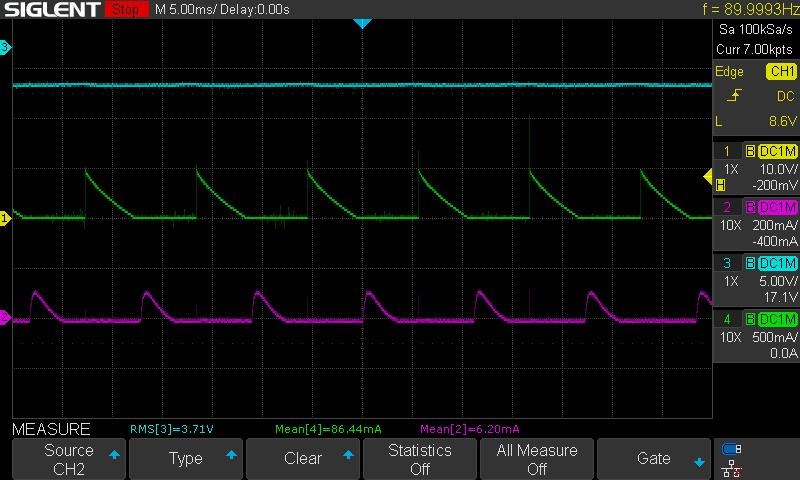
Vcap: 3.71
PS: 5.98 V 150 mA
L1: 86.44 mA
L2: 6.20 mA
Conclusions and whatnot:
So the waveforms were not as perfect as seen in the original experiment, but it still seems to work. The observations, to my understanding, were to be the configurations which allowed for more output without additional input, and at the same time see the most interactions between the coils.
Indeed the best one is Bucking does Work: config 2 polarity 1 (cw ccw coils, traditional bucking directions), with a second place of Bucking does Work: config 1 polarity 1 (coil flipped on core, and spun 180').
I will leave this for now. I'm sure I'll want to edit this, but I'm out of time, so I just want to get the results up. I do intend to make one more post with some questions. Hopefully I can get to it tomorrow, otherwise early next week.
Again, learned a lot messing around experimenting. Thanks!
Marcel
